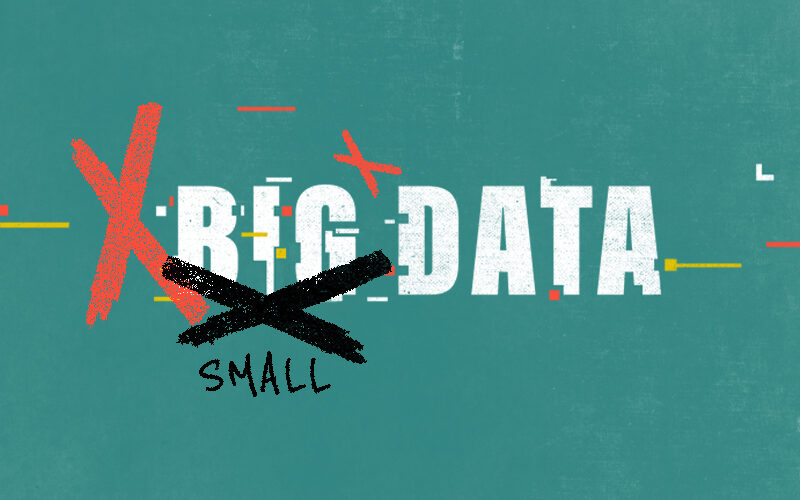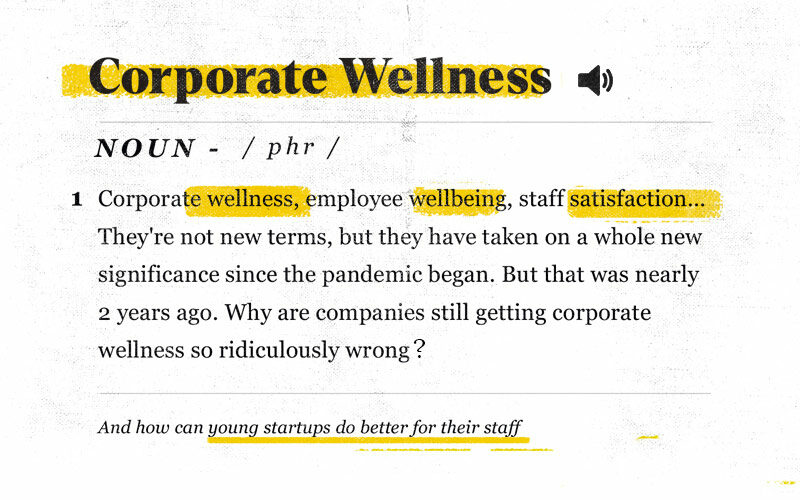Have you ever heard of a successful business leader that just knew what people wanted?
Can you think of any historic tales of founders, pioneers, or inventors with psychic-like abilities to predict consumer demand?
The first reason the answer is no is that people themselves don’t tend to know what they want. They can’t predict their own desires. If they do know, they are subject to perpetual change. Consumer motivations are moving goalposts, and markets are ever-changing.
In a nutshell: the world is just too complex for even the most astute startup founders to guess what the world’s going to want next.
The only solution (and it’s not a perfect one) is to ask.
We’ve spoken before about the differences between thick and thin (or qualitative and quantitative) data.
You can read the full article here, but as a quick recap: qualitative data is characterised by conversation: interviews, focus groups, and reviews. There are no binary yeses or nos; questions are designed to be answered in sentences. It’s based on experiences and ethnography. Qualitative data is anecdotal, thoughtful, and emotional.
Essentially, thanks to growing consumer evasiveness, the tide is turning on big, number crunching, ones-and-zeroes style, ‘thin’ data. The need to refocus on actual ‘thick’ customer stories and sentiments is becoming pressingly urgent.
That’s the theory. This article is more of a practical guide for the new era of qualitative research. Just like any other form of data harvesting, holding practical, in-person conversations is a skill. It must be collected correctly and analysed intelligently for it to be of any value.
Conducting qualitative research 101
- Create a relaxed environment to foster comfort and honesty
Think sofas or round tables instead of an interview format. Most people are eager to please and reluctant to offend. Provide a hot drink and do lots of nodding and smiling. - Adopt a structured but flexible conversation flow
Presenting interviewees with a list of formal questions or multiple choices will only limit and corral their answers. Encourage an open dialogue, and don’t be afraid to press for more detail. - What customers like in retrospect is more relevant than what they requested before
Consumer psychologist Dr Simon Moore found that Thomas Cook’s plummeting retention rate could be explained by customers’ baffling lack of awareness of their own desires. They told Thomas Cook they wanted adventurous and exciting holidays, but all the positive feedback from after the holidays was about feeling comfy and secure.
They thought they wanted a brand new experience, but they really wanted a home away from home. It’s almost like playing the opposites game. Pay attention to what your customers are asking for, but pay more attention to their post-experience sentiments. At other times, they may appear to be inconsistent, but based on a real life experience. Probe the inconsistencies.
How not to conduct qualitative research 101
- Don’t be thrown by radical opinions
Each individual interview is just one piece of the puzzle. By the very nature of wildly varying human personality, you will get surprising answers and you will get controversial answers. You’ll get responses that completely contradict responses you’ve had before. As with quantitative data, the idea is still to look for patterns. - Don’t interview in an echo chamber
You need people both within your target demographic and outside of it. Without them you won’t know if you’re shooting for the right demographic in the first place. Answers from groups you might not consider relevant provides the all-important counterfactual: the alternative truths you haven’t considered.
Two useful questions to ask at this stage are:
“Who cares about my product or service?” and “Who doesn’t care about my product or service?” Ascertaining why people might not care could highlight potential buyer groups or revenue streams you might’ve ignored. Learning from the extremes gives you real insight. - Don’t speak for your customers
Multiple choice questions are a surefire way to uninspire. Your mailing list unsubscribe page might ask if it was too many emails or not enough relevant content that did it. People are less inclined to be expressive in a multiple choice scenario, even when there’s a blank box for ‘other’ at the end. Try a simple, open-ended question: “Why did you unsubscribe?
Collating your conversation-based research is naturally less empirical than numbers. But you can still add recurring statements and sentiments to a spreadsheet.
Find commonalities, but also connections. Problems you thought were minor may be more salient to your offering than you first realised.
For example, you might have a lot of people expressing a frustration with shipping speed. But you might also find they have fast-paced lifestyles and therefore high expectations. You might find people aren’t connecting with your tone of voice, but your real target demographic is older or younger than your quantitative demographic-based research suggested.
Remember, qualitative data should supplement, enrich, and lend meaning and social context to your quantitative data. Not replace it entirely.











